Winnipeg and Tyndall Stone: Fossils and Architecture
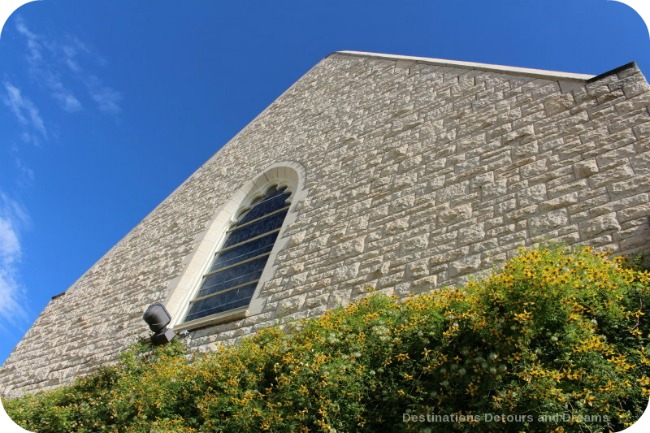
Tyndall Stone, full of fossils, is prominent in the architecture of Winnipeg, Manitoba
The architecture and overall look of a city’s buildings are often influenced by the type of building materials locally available. In Winnipeg, Manitoba that material is Tyndall Stone. The city of Winnipeg is less than 150 years old, but the construction of many buildings features this million-year-old stone.
Having lived in Manitoba all my life, I am familiar with and have seen many examples of Tyndall stone construction. I recently learnt more about the stone on a tour offered by the Winnipeg Architecture Foundation.
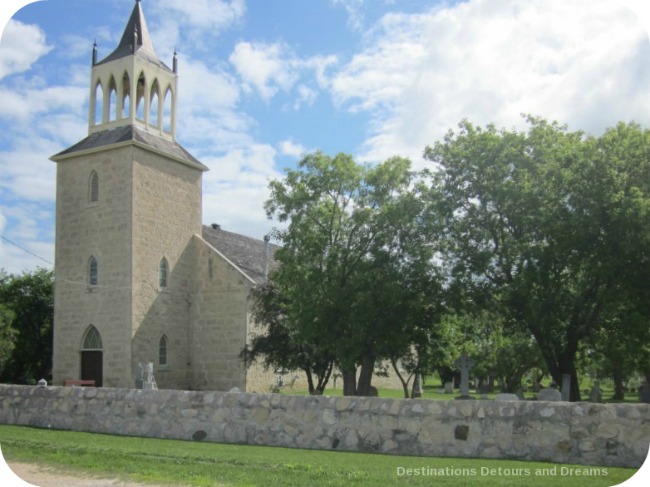
Tyndall Stone is a form of mottled, cream-coloured dolomitic limestone. It is quarried in Garson, Manitoba, about 40 kilometres northeast of Winnipeg. The first quarry opened in 1895 but the use of Tyndall Stone in construction dates further back than that. The first examples of its use are at Lower Fort Garry, approximately 50 kilometres north of Winnipeg. Here it was used in the thick encircling walls and the Governor’s residence. Another early example is St Andrews on the Red Anglican Church, which was built around 1845 in a simplified Gothic revival style. The stone gets its name from the town of Tyndall, the nearest railway point to Garson.

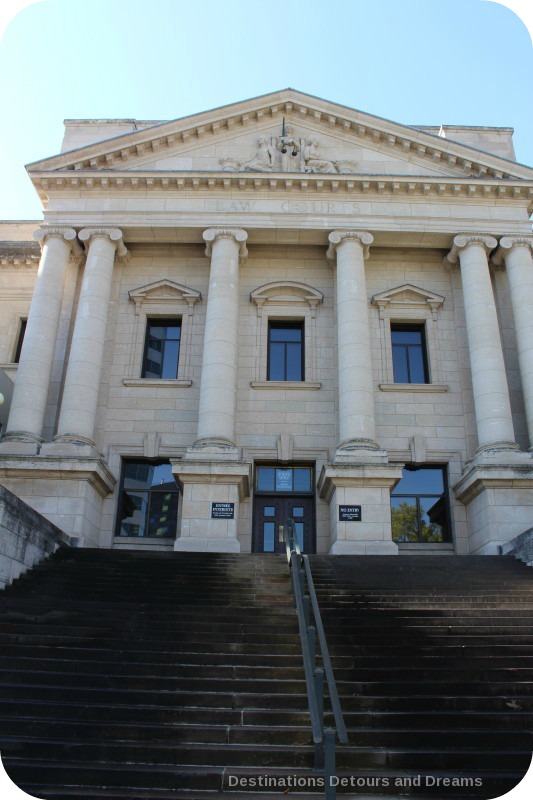
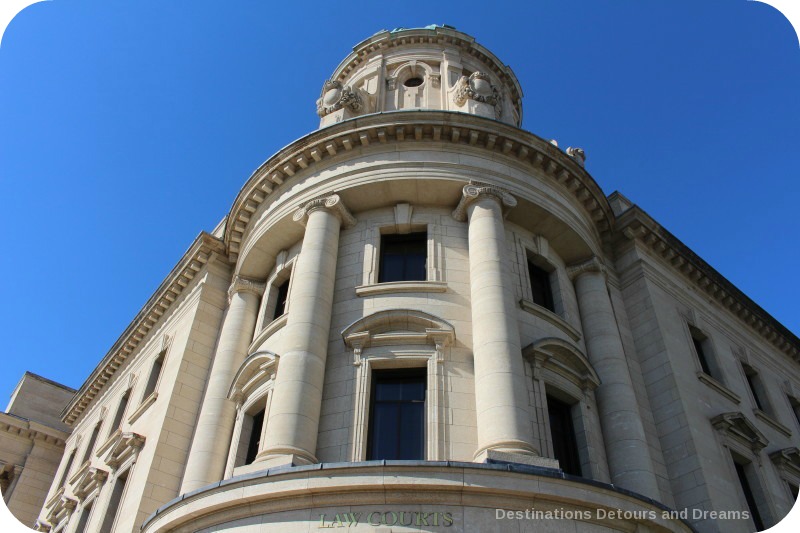
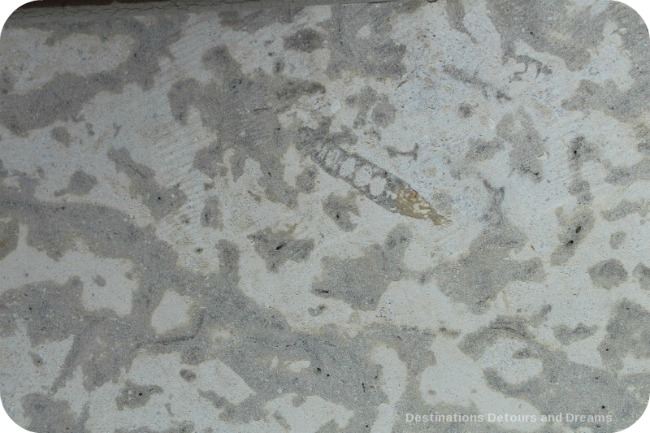
A feature of the stone is the presence of visible fossils. Millions of years ago, southern Manitoba was part of a warm, shallow sea. Many creatures lived on or above the soft, muddy sea floor. When they died they became part of the floor. Calcium carbonate in skeletons turned the mud limey and when it hardened it became limestone. Fossils are visible in today’s stone. The mottling which gives Tyndall Stone its unique appearance are preserved burrows of other sea animals who burrowed in the mud for food and protection. If you look closely at the Tyndall Stone in buildings, it doesn’t take long to spot fossils and burrows. Different types of creatures can be identified by their shapes.
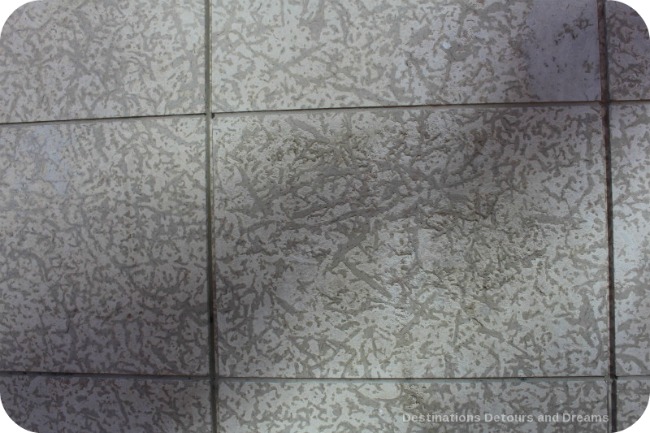
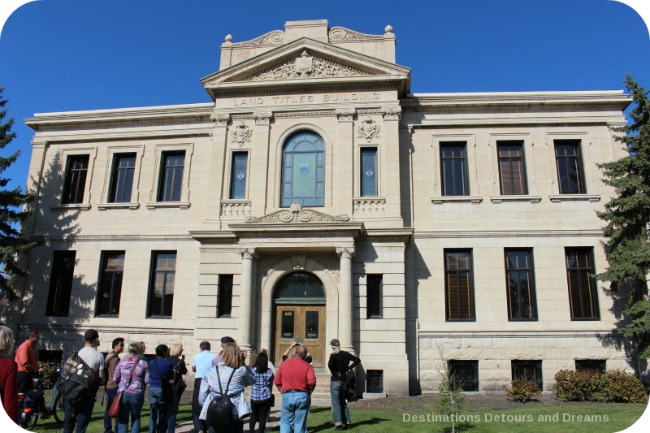
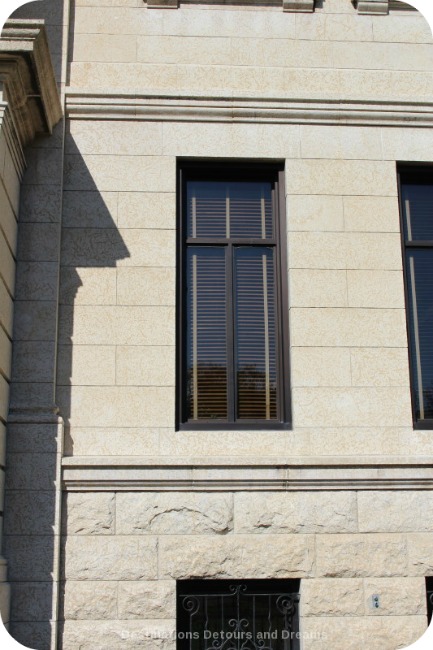
The machine-smoothed or “rubbed” finish to Tyndall Stone is the most typical. It is the surface which most clearly shows the mottling and the fossils. A rough “bush hammer” finish gives the surface more texture, but the mottling effect is reduced.
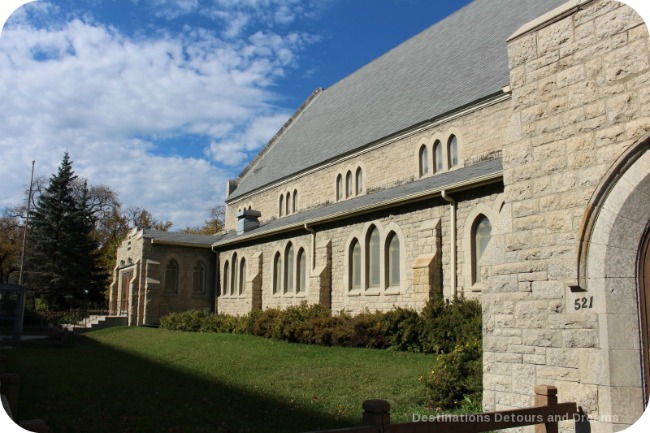
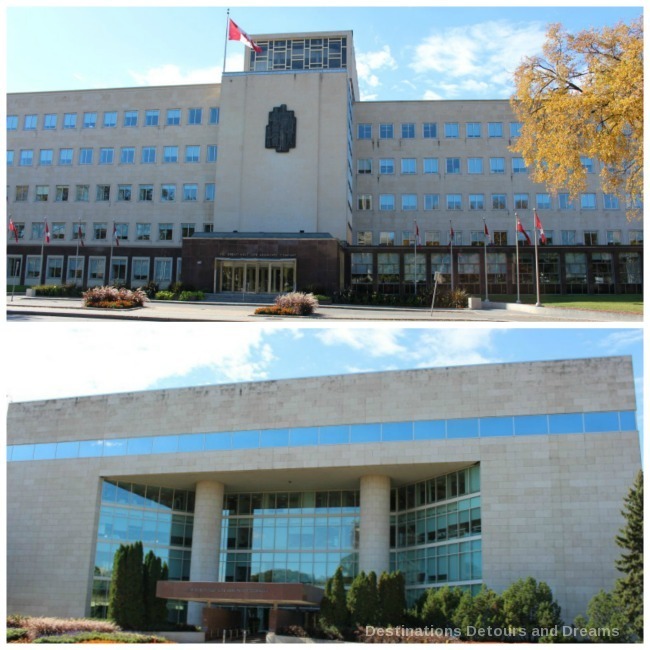
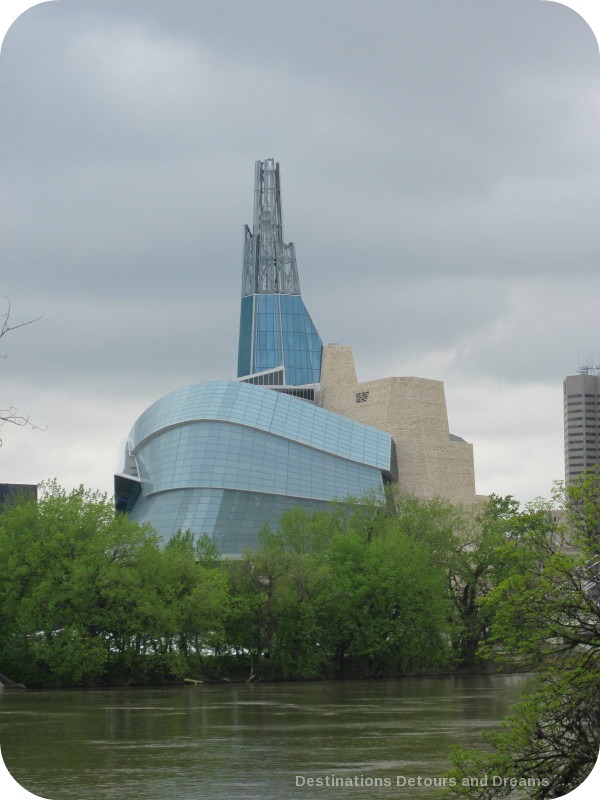
Canadian Museum for Human Rights, which opened in 2014
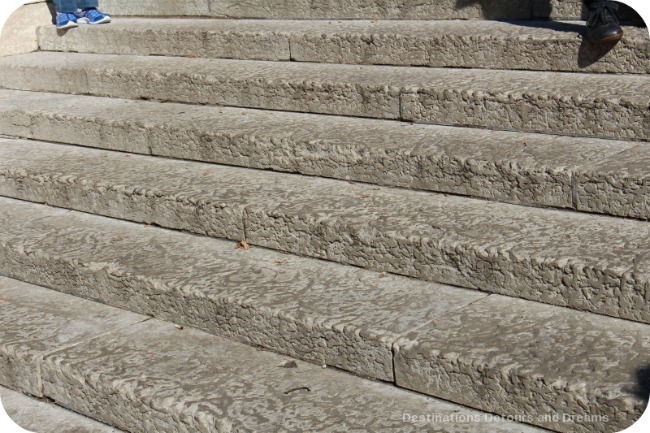
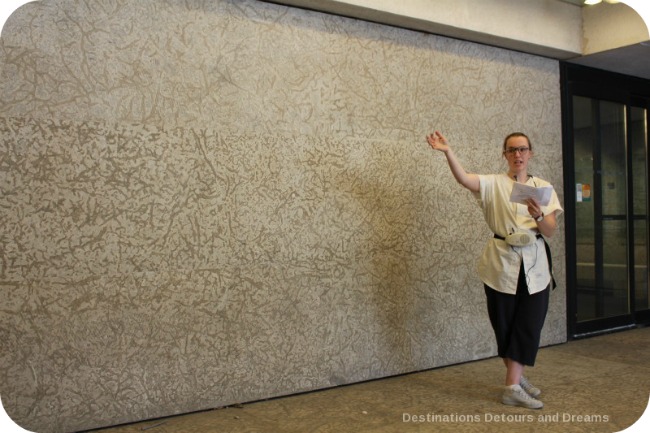
Except for St Andrews on the Red and the Canadian Museum for Human Rights, all of the buildings I’ve highlighted are within a few block radius of the Manitoba Legislative Building. The tour focused on this area because it had good examples of Tyndall Stone construction features within easy walking distance. However, Tyndall Stone construction is found all over the city and beyond, including Union Station and St. Boniface Cathedral. It is used in residential as well as commercial buildings. Ornamentation on house fronts, stonework around fireplaces, and hearths are just some of its uses. And it is shipped across Canada and around the world. Tyndall Stone use in well-known Canadian buildings include the interior walls of the Parliament Buildings in Ottawa and the main lobby extension of the Empress Hotel in Victoria.
Tyndall Stone is commonplace in Winnipeg and one can quickly learn to recognize it. If it Winnipeg, or anywhere else you encounter Tyndall Stone, look just a little bit closer and you can conduct your own fossil hunt.
If you enjoyed this post, sign up for Destinations Detours and Dreams monthly e-newsletter. Get behind the scenes information and sneak peeks ahead in addition to a recap of the month’s posts.
PIN IT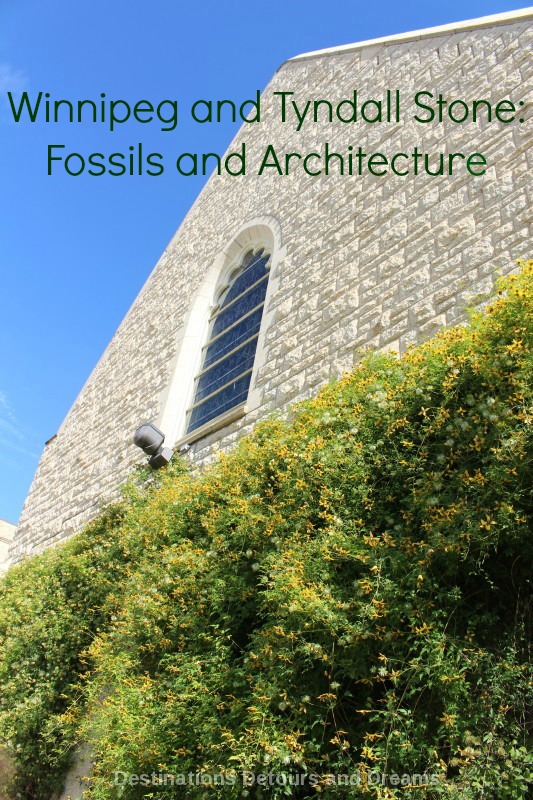

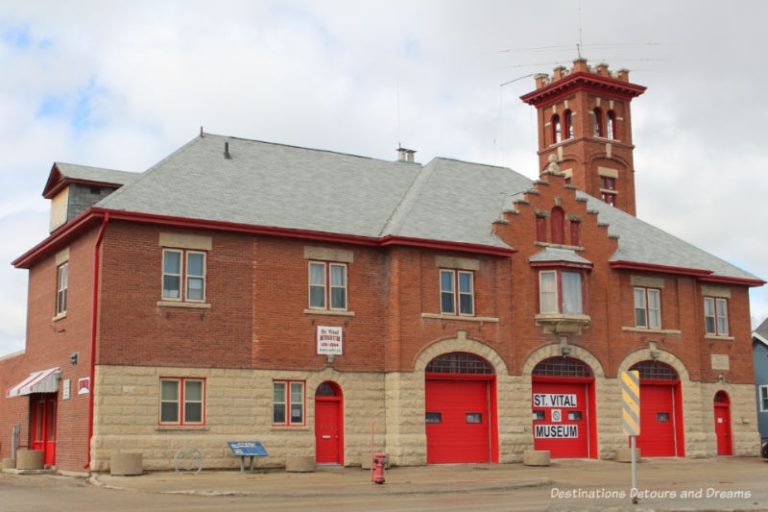




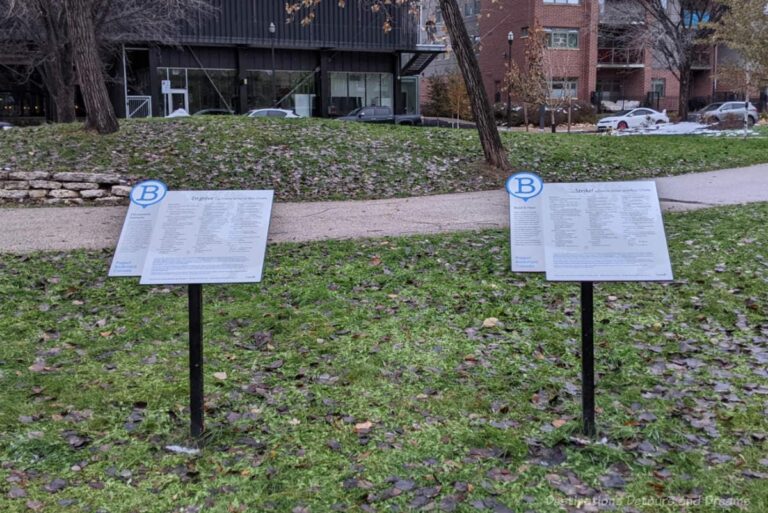
Wow. Can you imagine living in a house made of Tyndall Stone? You’d probably be finding fossils for years.
Ken, it could make for an interesting game for the children.
I can totally get into a tour about stone! Love that there are fossils in there and you can bet if I see any stone with this appearance, I’ll be looking closely to see if I can spot anything.
RoseMary, when you start looking for fossils in the stone, you can identify different types by the varying shapes. Quite fascinating.
Fabulous post, Donna. I love the Tyndall Stone that we have in Manitoba. The fossils are an added bonus to its great look!
Thanks Doreen. I like the Tyndall Stone too and find it interesting to see it used in different styles of buildings.
Great article, Donna. Fossils and architecture is an interesting combination.
Thanks Catarina. It is an interesting combination, especially when the stone is used in a modern building.
Wow, I love those buildings.
And the limestone used in those buildings are a wonderful color and texture, I can see why they used them.
William, I like the use of the stone in these buildings too.
Beautiful buildings. There really is something about a pretty church building; the architecture, the history, the meaning.
Phoenicia, so true – meanings on a lot of levels.
After reading this post, I began thinking up a horror film – let’s call it “Creatures of the Rock” – in which the Tyndall Stone fossils come to life, creep out of the stone, and stalk the inhabitants of their buildings. (This won’t give you nightmares, will it, Donna?) I suspect that someone has already come up with my idea, however.
Andy, your comment made me laugh. Surprisingly I don’t think there’s been a horror story done on this idea, but then horror is not a genre I follow, so maybe.
Beautiful buildings and architecture must say, and was not at all aware of this amazing stone, thanks for sharing and introducing dear 🙂
Thanks Sushmita.